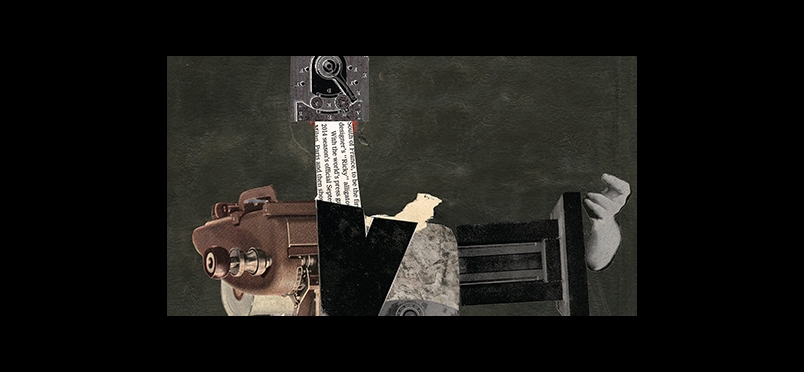| therapy
A Major Advance in Therapy for Sickle Cell Disease

Clinical Trial Results Confirm L-Glutamine Safety and Efficacy in Reducing Pain and Other Symptoms
Researchers from UCF Benioff Children’s Hospital, Oakland, in collaboration with colleagues from other sickle cell centers report that EndariTM, a pharmaceutical form of the amino acid L-glutamine, has proven effective in Phase 3 clinical trials in reducing the frequency of pain episodes associated with sickle cell disease (SCD). Findings from the 48-week trial comparing L-glutamine to placebo included a 25% reduction in the frequency of SCD pain crises; a 33% reduction in hospitalizations; 41% reduction in cumulative hospital days, and a 60% lower incidence of acute chest syndrome. Elliott Vichinsky, MD, Director of Hematology/Oncology at the Northern California Sickle Center at UCSF Benioff Children’s Hospital, remarked, “Our clinical trial found that L-glutamine, which does not require any routine laboratory monitoring, decreases pain events in patients by itself or in combination with hydroxyurea. It is a major advance in therapy for sickle cell disease and offers families safe, new therapeutic options.”
SCD, a genetic blood disorder, is associated with symptoms that include pain, anemia, and bone, lung, kidney, and neurological issues. The double-blind trial assessed the efficacy and safety of Endari vs placebo using a randomly assigned ratio of 2:1 with 152 subjects receiving L-glutamine and 78 receiving placebo. Endari received FDA approval in July 2017, and the results of this study were published last month in the New England Journal of Medicine. Study co-author Yutaka Niihara, MD, CEO and founder of Emmaus, the product manufacturer, commented, “Our hope in sharing the results of this data from the New England Journal of Medicine is to increase awareness of sickle cell disease, a lifelong hereditary blood disorder…It is important for patients to know that they have a treatment option for this debilitating disease.”
Read about the study findings.
The journal article may be read here.
Did you enjoy this article?
Subscribe to the PAINWeek Newsletter
and get our latest articles and more direct to your inbox
